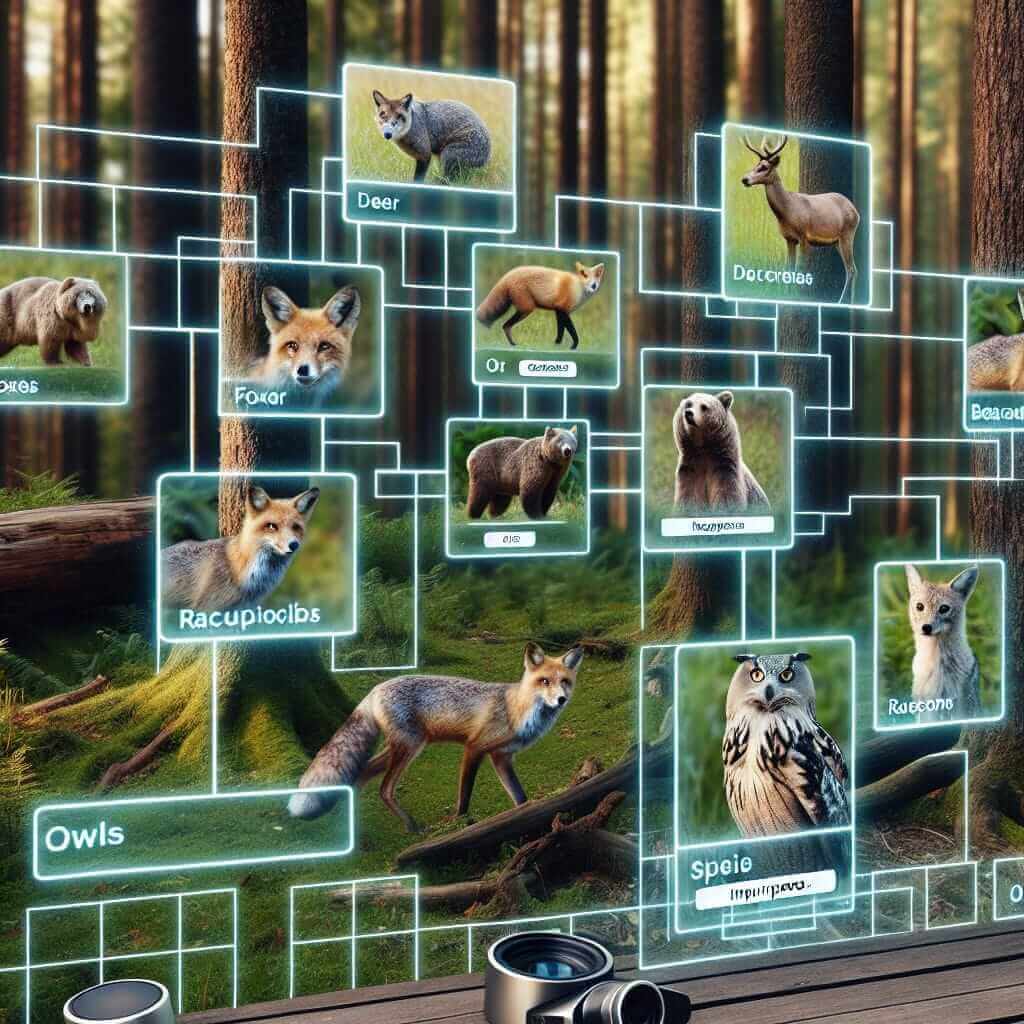The IELTS Reading section tests a wide range of reading skills, including your ability to identify specific information, understand detailed descriptions, and work out the meanings of complex terms. Topics related to wildlife conservation and technology, such as “How is AI being used in wildlife conservation?”, have appeared frequently in IELTS exams and are highly relevant today. Given the increasing role of Artificial Intelligence in various fields, there’s a probability that this topic may appear in future tests.
In this article, we’ll explore how AI is being leveraged in wildlife conservation and provide you with a robust reading passage along with practice questions and answers. This will help you understand the subject comprehensively and enhance your IELTS Reading skills.
Reading Passage
How AI is Pioneering Wildlife Conservation Efforts
Artificial Intelligence (AI) is transforming many sectors, from healthcare to finance, and now, it is making significant strides in wildlife conservation. Advancements in AI technologies are providing conservationists with innovative tools to tackle some of the most pressing issues faced by wildlife globally.
Monitoring Wildlife Populations
One of the most critical aspects of wildlife conservation is monitoring animal populations. Traditional methods often involve labor-intensive fieldwork, which can be time-consuming and costly. However, AI can automate these processes, making them more efficient and accurate. Using machine learning algorithms, conservationists can analyze images captured by camera traps to identify and count different species. These algorithms are trained to recognize patterns and can differentiate between various animals based on their physical characteristics.

Predicting Poaching Activities
Poaching remains one of the gravest threats to wildlife. AI can help in predicting and preventing poaching activities. By analyzing data from various sources, such as ranger patrols, camera traps, and satellite imagery, AI models can identify patterns and predict potential poaching hotspots. This allows conservationists to deploy resources more effectively and take preemptive actions to protect endangered species.
Habitat Mapping
Understanding the habitats of different species is crucial for their conservation. AI technologies can process vast amounts of satellite imagery and geographical data to create detailed habitat maps. These maps can reveal changes in land use, deforestation rates, and other environmental factors that affect wildlife. Consequently, conservationists can pinpoint critical areas that require immediate attention and formulate strategies to preserve these habitats.
Disease Detection
AI is also playing a vital role in detecting diseases that affect wildlife. Early detection of diseases can prevent mass outbreaks and save numerous species from extinction. Machine learning algorithms can analyze data from blood samples, fecal matter, and other biological sources to identify disease markers. This rapid and accurate diagnosis helps in implementing timely interventions.
Practice Questions
Based on the reading passage, answer the following questions.
Questions
Multiple Choice
-
What is one of the primary benefits of using AI in monitoring wildlife populations?
- A. It reduces the cost and time involved in the process.
- B. It increases the number of species identified.
- C. It allows conservationists to travel less.
- D. It decreases the need for human intervention.
-
How does AI assist in predicting poaching activities?
- A. By deploying physical deterrents.
- B. Through analyzing multiple data sources for patterns.
- C. By creating more camera traps.
- D. Through educating local communities.
Identifying Information (True/False/Not Given)
-
AI technologies can only analyze images captured by camera traps.
- True
- False
- Not Given
-
AI-generated habitat maps cannot track deforestation rates.
- True
- False
- Not Given
Answer Keys and Explanations
Multiple Choice Answers:
- A. It reduces the cost and time involved in the process. (AI automates the monitoring process, making it efficient and cost-effective.)
- B. Through analyzing multiple data sources for patterns. (AI models predict poaching activities by examining data from various sources.)
Identifying Information Answers:
- False. (The passage mentions that AI can analyze data from various sources, not just camera traps.)
- False. (AI-generated maps can track changes in land use, including deforestation rates.)
Common Pitfalls
- Misinterpreting Data: Ensure you understand how AI uses data from various sources.
- Overlooking Details: Pay attention to how specific tasks (like disease detection) are simplified using AI.
- Assuming Limitations: Don’t assume AI is limited to one function; it has multiple applications.
Vocabulary
- Labor-intensive (adj.): Requiring a lot of work or effort.
- Preemptive (adj.): Serving or intended to preempt or forestall something, especially to prevent an attack.
- Deforestation (n.): The action of clearing a wide area of trees.
Grammar Focus
- Passive Voice in Technology Descriptions: “These algorithms are trained to recognize patterns.”
- Structure: Subject + be + past participle
Tips for High Reading Scores
- Practice Regularly: Regular practice with varied topics improves speed and comprehension.
- Analyze Answer Keys: Understand why an answer is correct to avoid similar mistakes.
- Expand Vocabulary: Expose yourself to new vocabulary related to different topics to enhance understanding.
By immersing yourself in articles like this and practicing with IELTS reading passages, you’ll enhance your understanding of how AI is being used in wildlife conservation and improve your performance in the IELTS Reading section.
For more on AI-related topics in IELTS exams, check out our link text: detailed analysis of AI in environmental conservation, How is AI being used in environmental conservation.